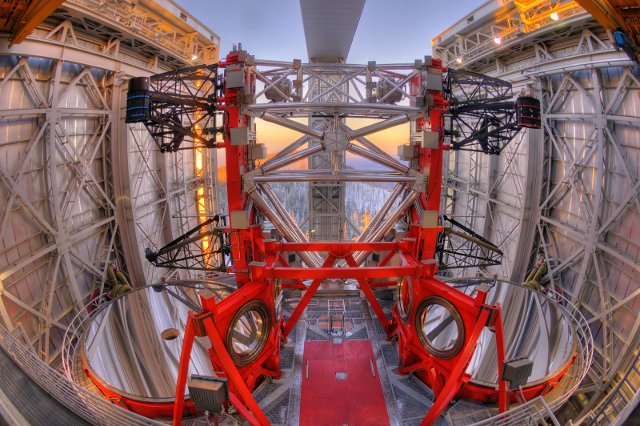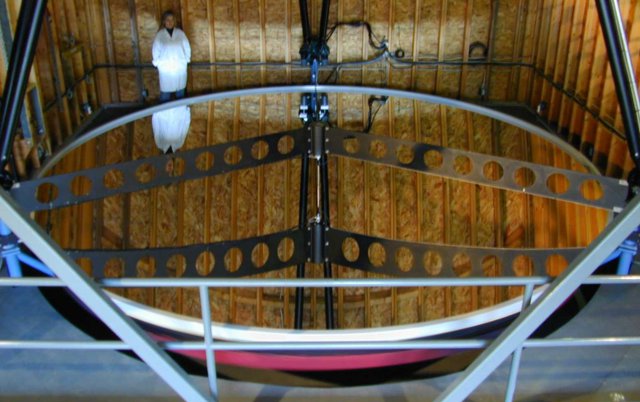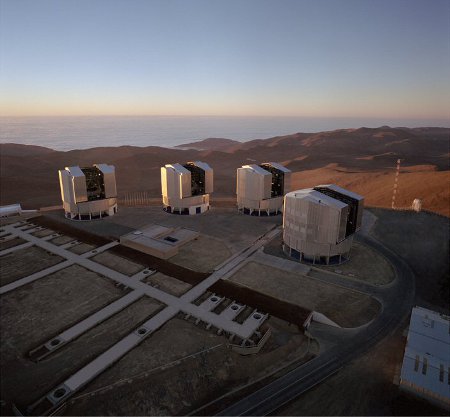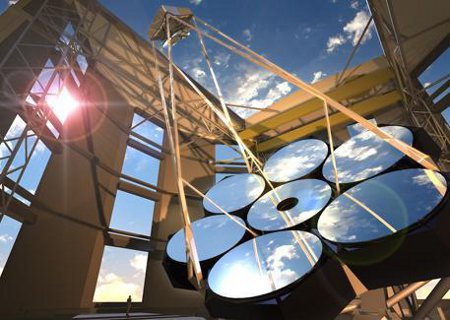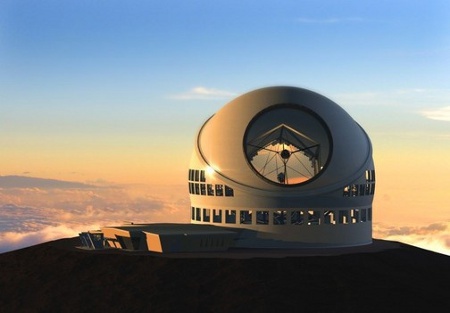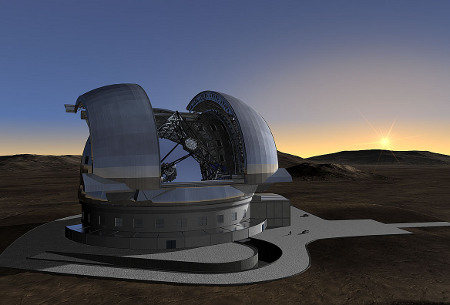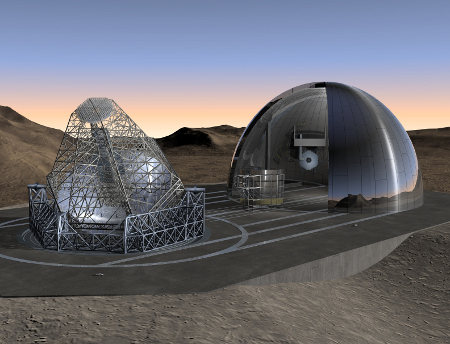The effectiveness of a telescope depends on its size; a larger telescope can gather more signals than a smaller one and therefore provide more information about the object being observed.
Since 1963 the 305-metre Arecibo Observatory has been the world’s largest and (therefore) most sensitive full-dish radio telescope.

But in March of this year China began construction of FAST, the Five Hundred Metre Aperture Spherical Telescope, in a natural depression in southwest China.

Costing $100m and due to be completed by the end of 2013, FAST will be unlike Arecibo in that the surface will be “adaptive”, able to change its shape to create 300-metre sub-dishes than can point up to 40° away from the vertical. Arecibo is only able to point vertically upwards and relies on the rotation of the Earth to sweep it across the sky.
